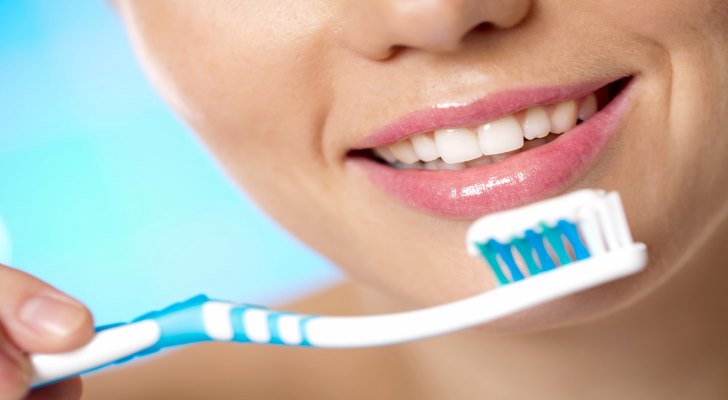
Periodontal disease, often referred to as periodontitis, involves the tissues that support the teeth. It is described as a progressive inflammatory condition affecting the gums, periodontal ligament, and surrounding bone. Over time, ongoing inflammation can alter the way teeth are supported and positioned. Educational sources note that awareness typically grows gradually as subtle changes accumulate rather than through a single sudden event.

In advanced stages, tooth loss can occur as supporting structures become compromised. Periodontitis is commonly discussed as arising when bacterial plaque irritates gum tissue, leading to inflammation and potential damage to the adjacent bone. Early stages are frequently characterized as gingivitis, a plaque-associated gum inflammation that may progress over time. The transition from gingivitis to periodontitis is described in the literature as a continuum influenced by local and systemic factors.

Plaque is a sticky biofilm composed of bacteria embedded in a matrix that adheres to tooth surfaces. When not removed, it can accumulate and mature, increasing its complexity and the range of bacterial species present. It forms on teeth as dietary starches and sugars interact with oral microorganisms. As biofilm thickness increases, oxygen gradients and by-products can contribute to tissue irritation described in educational materials.

If plaque persists, it may mineralize below the gumline into calculus (tartar). Calculus provides a rough surface that favors further plaque retention and is associated with gingivitis, producing gum redness, swelling, and irritation. Over time, pockets may deepen between the tooth and gum as attachment changes are documented. These observations are commonly used in clinical descriptions to characterize disease stage.

Clinical descriptions list several symptoms used to identify periodontitis. The condition can progress quietly, with minimal discomfort at early stages, and may present subtly even when more advanced. People sometimes first notice bleeding when cleaning the teeth or eating firm foods. Reports also mention a gradual shift in how the gums look and feel, including changes in contour and texture.

Commonly reported signs include bleeding gums (during eating or toothbrushing), gums that are tender or reddish, and a persistent oral odor despite routine cleaning. Some individuals describe a bitter or unpleasant taste without a clear source. Enlarging pockets between teeth and gums, tooth mobility, and changes in tooth positioning are also mentioned. The overall pattern can vary, with periods of relative stability and periods of more noticeable change.

Several factors are discussed in relation to increased risk. Examples include psychosocial stress and chronic conditions such as diabetes, which are associated with changes in periodontal health and healing responses. Nutritional patterns, salivary flow, and genetic background are likewise noted as potential influences in reviews. These elements are typically considered together when describing susceptibility.

Oral hygiene challenges are frequently noted among people with diagnosed periodontal disease. Tobacco use is widely cited as a strong risk factor, with higher prevalence and faster tooth loss observed in smokers, and with reduced response to periodontal therapy reported in some studies. Duration and intensity of tobacco exposure are often referenced when discussing outcomes. These associations appear consistently across many population analyses.

Research has examined potential systemic associations beyond the mouth. Oral bacteria and inflammatory mediators may enter the bloodstream via affected gum tissue, and studies have explored links with cardiovascular, respiratory, and other conditions in severe disease. While mechanisms remain an area of investigation, correlations are repeatedly described in epidemiologic work. Interpretations emphasize association rather than direct causation in many summaries.

Educational sources often describe preventive themes such as daily oral hygiene routines and regular dental care as part of broader discussions on periodontal health. Descriptions also highlight the role of consistent plaque control in shaping long-term gum status. These overviews present common patterns observed across groups without prescribing individualized actions in this context. The emphasis is on understanding how local biofilm and host response interact over time.
Learn more about periodontal disease at CDC.

